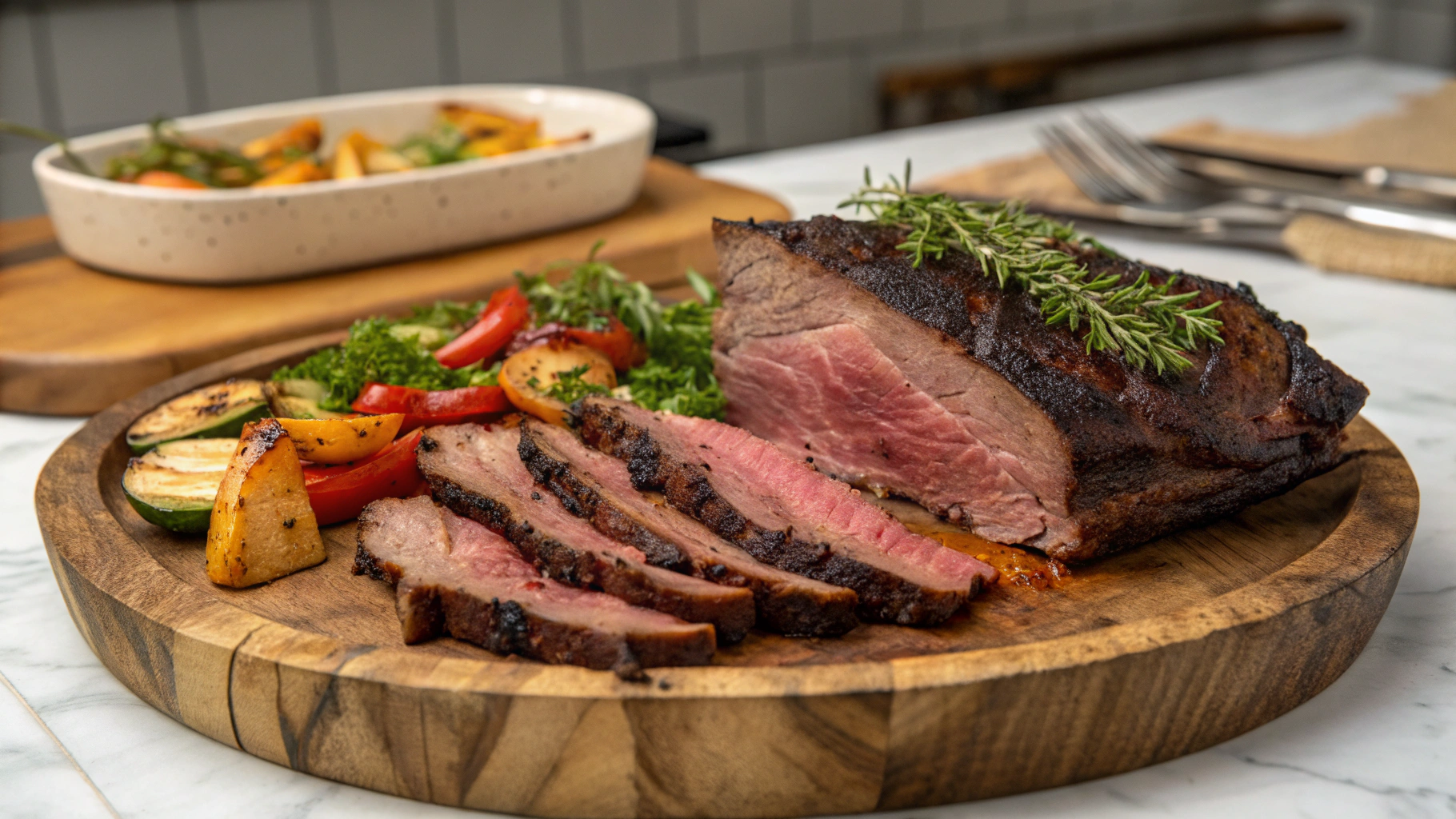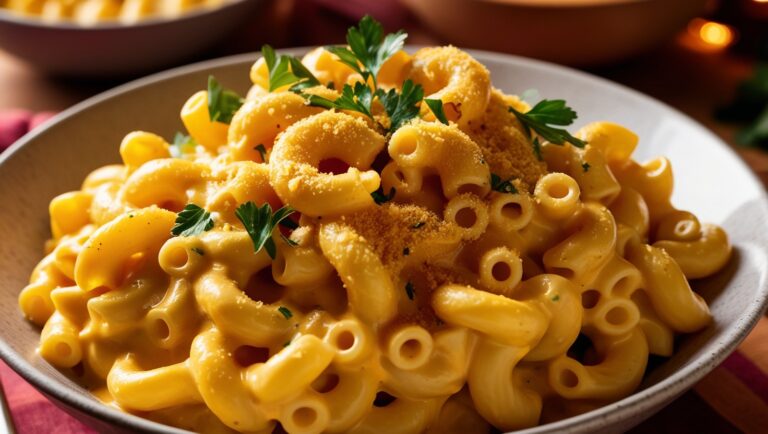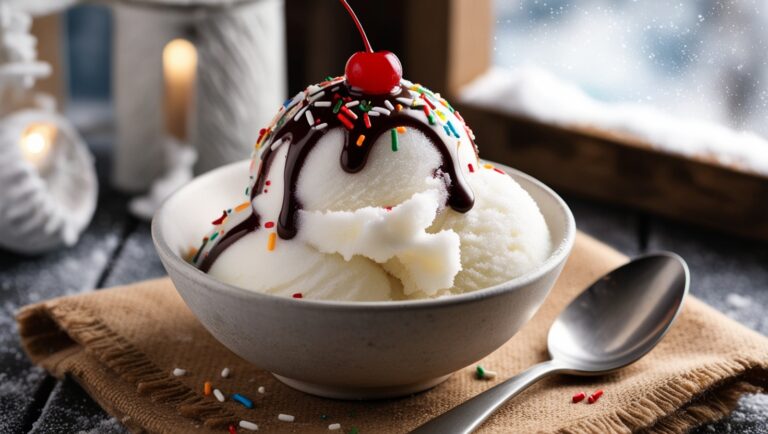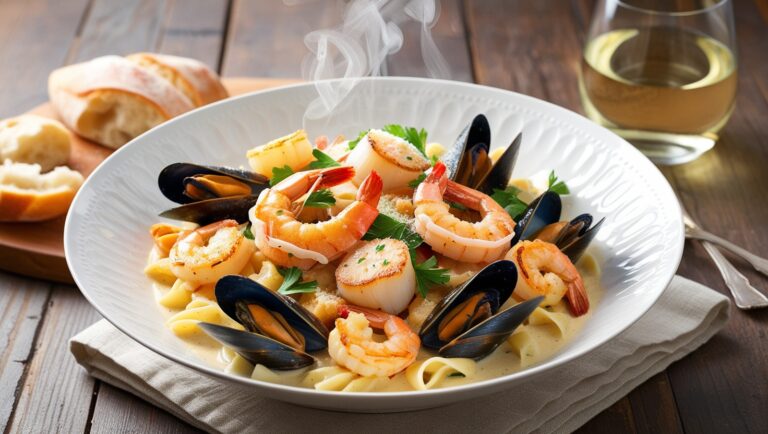Introduction
Have you ever wondered why some barbecue joints have people lining up for hours just to taste their legendary smoked meats? The secret lies in mastering the art of low and slow cooking, patience, and understanding the science behind the perfect smoked meat recipe. Whether you’re a backyard BBQ enthusiast or aspiring pitmaster, smoking meat is a culinary journey that rewards dedication with incomparable flavor.
Today, we’re diving into the world of smoked brisket – that gloriously tender, bark-covered piece of beef that’s the crown jewel of Texas barbecue. This smoked meat recipe transforms a tough cut into melt-in-your-mouth perfection through the magic of wood smoke and time. If you enjoy flavorful meals, you might also love our Alice Springs Chicken recipe, which offers another dimension of savory goodness for your recipe collection.
Ingredients List
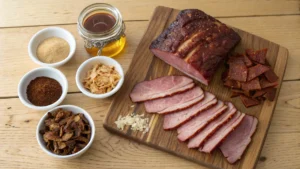
For the Brisket:
- 12-15 pound whole packer brisket (with both point and flat muscles)
- 1/4 cup kosher salt
- 1/4 cup coarse black pepper
- 2 tablespoons garlic powder
- 2 tablespoons onion powder
- 1 tablespoon paprika
For the Spritz (optional):
- 1 cup apple cider vinegar
- 1 cup water or beef broth
The foundation of any great smoked meat recipe begins with quality ingredients. When selecting your brisket, look for good marbling and a thick, even flat muscle. The fat cap should be trimmed to about 1/4 inch thickness for optimal rendering during the long smoke.
Timing
When it comes to smoking meat, especially a BBQ smoked brisket, timing is everything but also nothing. What I mean is that while timing provides a framework, temperature is the true indicator of doneness. For this smoked meat recipe, plan for:
- Prep time: 30-45 minutes (trimming and seasoning)
- Cook time: 12-16 hours (varies based on size)
- Rest time: At least 1 hour, preferably 2-3 hours
This is significantly longer than most cooking methods, but the extended cooking time at low temperatures (225-250°F) is what breaks down the tough connective tissues in the brisket, yielding that signature tenderness that defines a perfect smoked meat recipe.
Step-by-Step Instructions
H3: Preparing the Brisket
- Remove the brisket from the refrigerator 1-2 hours before cooking to bring it closer to room temperature.
- Trim the fat cap to 1/4 inch thickness and remove any hard pieces of fat that won’t render.
- Mix all dry ingredients thoroughly to create your rub.
- Apply the rub generously, ensuring complete coverage on all sides of the brisket.
The preparation stage is crucial for any smoked meat recipe as it sets the foundation for flavor development and proper rendering.
H3: Setting Up Your Smoker
- Preheat your smoker to 225°F.
- Add wood chunks or chips according to your smoker type (oak and hickory work wonderfully for brisket).
- Fill your water pan if your smoker has one.
- Allow the smoker to reach a stable temperature and thin blue smoke before adding the meat.
For an in-depth understanding of different smoker types and wood selection, check out this comprehensive guide to smoking meat basics.
H3: The Smoking Process
- Place the brisket fat-side down (or up, depending on your smoker’s heat source) directly on the grates.
- Insert a probe thermometer into the thickest part of the flat.
- Close the smoker and maintain a consistent temperature between 225-250°F.
- After 4 hours, begin spritzing the brisket every 45-60 minutes with your apple cider mixture.
- When the internal temperature reaches 165°F (typically 6-8 hours in), wrap the brisket tightly in butcher paper or foil.
- Return to the smoker and continue cooking until the internal temperature reaches 203-205°F and a probe slides into the meat with minimal resistance.
The low and slow approach is what makes this smoked meat recipe truly special, allowing the fat to render completely while keeping the meat juicy.
Nutritional Information
Per serving (approximately 6 oz):
- Calories: 320
- Protein: 42g
- Fat: 18g
- Carbohydrates: 0g
- Sodium: 430mg
This smoked meat recipe is naturally high in protein and completely carb-free, making it compatible with ketogenic and low-carb eating plans. The BBQ smoked brisket is also rich in B vitamins, zinc, and iron – nutrients essential for energy production and immune function.
Healthier Alternatives for the Recipe
While traditional smoked meat recipes tend to be rich and indulgent, you can make some modifications:
- Opt for a leaner cut like the brisket flat only (though it may not be as juicy as a full packer).
- Reduce sodium by cutting the salt in the rub by half.
- Consider a sugar-free rub if you’re strictly monitoring carbohydrates.
- Try smoking a turkey breast using the same low and slow technique for a leaner protein option.
If you’re looking for alternative protein preparations, you might enjoy exploring different cooking methods like those in our other poultry-based recipes.
Serving Suggestions
Transform your smoked meat recipe creation into a complete meal with these serving ideas:
- Traditional Texas-style: Sliced brisket with white bread, pickles, and onions
- Loaded plates: Alongside classic BBQ sides like coleslaw, baked beans, and cornbread
- Modern twist: In tacos with pickled red onions and cilantro
- Leftovers: Chopped on a sandwich with your favorite BBQ sauce
For a complete backyard barbecue experience, consider adding a smoked pork shoulder to your menu, which can be prepared using similar techniques but offers a different flavor profile.
Common Mistakes to Avoid
- Rushing the process: The biggest enemy of a great smoked meat recipe is impatience. Don’t try to increase the temperature to speed things up.
- Skipping the rest: Failing to let your brisket rest properly will result in dry meat as the juices will run out when sliced.
- Fighting the stall: When your brisket hits around 165°F, it may stay at that temperature for hours in what’s called “the stall.” This is normal and not a sign that something is wrong.
- Slicing with the grain: Always slice brisket against the grain to ensure tenderness.
- Opening the smoker too often: As the saying goes, “If you’re looking, you ain’t cooking.”
Understanding these common pitfalls is essential for success, as explained in this detailed smoking fundamentals guide.
Storing Tips for the Recipe
Your smoked meat recipe creations can be enjoyed well beyond the day of smoking:
- Refrigeration: Properly wrapped brisket will keep in the refrigerator for up to 4 days.
- Freezing: Slice or chop the brisket before freezing in vacuum-sealed bags for up to 3 months.
- Reheating: For best results, reheat slowly with a bit of beef broth at 275°F until it reaches 165°F.
Looking for more make-ahead meal ideas? Our Alice Springs Chicken recipe also stores beautifully for meal prep.
Conclusion
Mastering this smoked meat recipe is about embracing the process as much as the result. The low and slow method transforms an ordinary cut of beef into something extraordinary – a testament to what patience and proper technique can achieve. With practice, you’ll develop an intuition for when the brisket is done based on feel rather than strict timing.
Whether you’re smoking your first brisket or your fiftieth, each cook is an opportunity to refine your craft and deepen your appreciation for this time-honored cooking method. So fire up that smoker, grab a drink, and settle in for one of the most rewarding culinary journeys you can experience.
FAQs
How do I know when my smoked brisket is done?
While internal temperature (203-205°F) is important, the true test is how a probe moves through the meat. In a properly done smoked meat recipe, a thermometer probe or toothpick should slide into the brisket with minimal resistance, similar to pushing through warm butter.
Can I smoke a brisket on a gas or charcoal grill?
Yes! While dedicated smokers are ideal for a smoked meat recipe, you can use a gas or charcoal grill with indirect heat. For gas grills, only light one side and place a smoker box with wood chips over the flames. For charcoal, arrange coals on one side and add wood chunks directly to the coals.
What’s the best wood for smoking brisket?
Oak is considered the gold standard for BBQ smoked brisket as it provides a medium smoke flavor that doesn’t overpower the beef. Hickory offers a stronger flavor, while fruit woods like apple or cherry provide milder smoke with a hint of sweetness. Mesquite delivers the most intense smoke flavor and should be used sparingly or mixed with milder woods.
